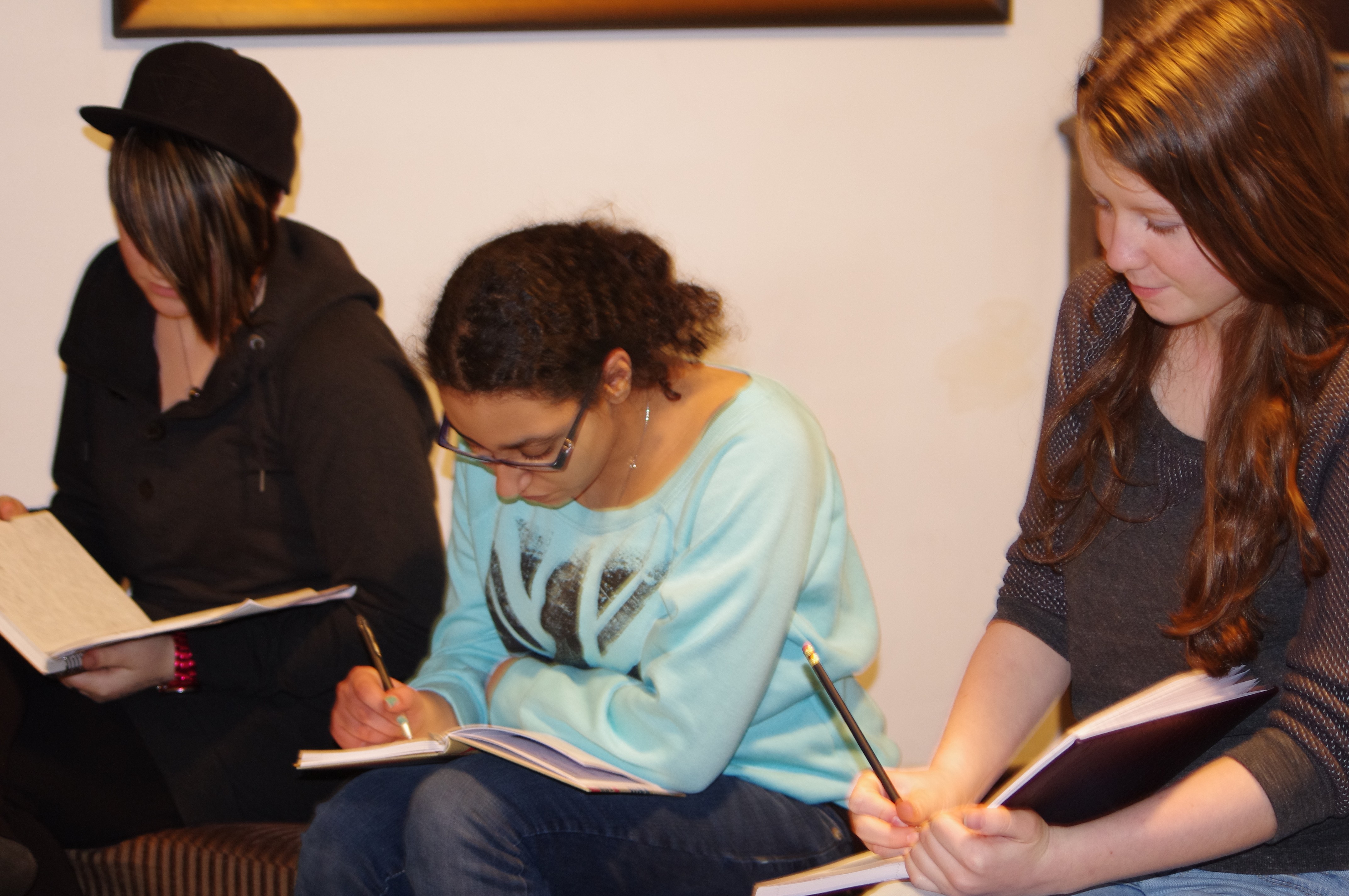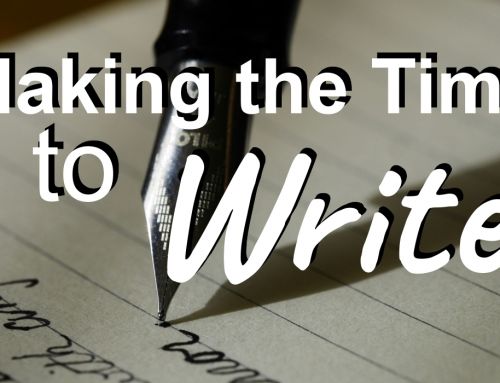On the wall of our arts studio in Toronto, there is a photograph of a woman writing under a tree. The caption reads: “all stories should have a beginning, a middle and an end, but not necessarily in that order.” I was thinking about this quotation today. Is it too basic for us to think of a story as having a beginning, middle and end? Too reminiscent of our elementary teachers? When we talk of rising and falling action, inciting incidents , doorway moments, transitions and transformation, it is still sometimes useful to fall back on the basics. But what did the writer (Tim Burton? Jean-Luc Godard?) mean by ‘not necessarily in that order?’ Here are three writing exercises that explore the old adage that every story should have a beginning, a middle and an end:
1. Decide on three basic plot points that would satisfy the descriptors of ‘beginning, middle, end’. Use them to write a piece of micro fiction, allowing yourself only 3 sentences for each (ie., 9 sentences in total). Now, cut up your piece of writing into the three segments – the beginning, middle and end. Move them into a different order. Attempt to flesh out your story by rewriting it, hitting each of the plot points in their new order.
2. Write a piece of fiction in which the reader is plunged into the midst of action. Use flashbacks to provide the ‘beginning’ of the story, or weave everything the writer needs to know into the action as it unfolds.
3. Begin a story with an ending and write your character into a new beginning. Example: in the first paragraph of your story, a character emerges from a house, slams the door shut and leans back against it. Write from there. How quickly do you feel the need to fill the reader in on what has taken place? Is it possible to write from the end of a significant event, without ever telling the reader what that event was? Are there benefits to withholding information, perhaps for the entire piece you are writing? What are the pitfalls of doing so?
Plunging a reader into the midst of a story is often advisable. We remove the need to begin with lengthy exposition – something that is a pitfall many new writers experience. I worked with a writer once whose novel really began on page 50. When I asked him about the first 49 pages, he explained that he was providing the reader with all the details they needed to appreciate his story, and the reader would need to trust that it would be worth it in the end. Of course, we know this is rarely a good idea – backstory and character must be woven into our story as we tell it. However, plunging our reader into action does mean we have to take care when we reveal details, and how much. Share too much too soon and the reader gets bored. Share too little too late and we’re perplexed.
Happy Writing!




